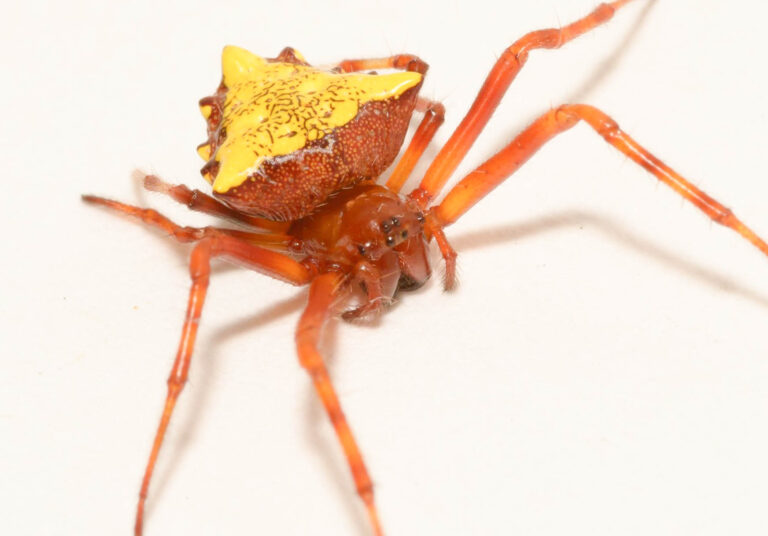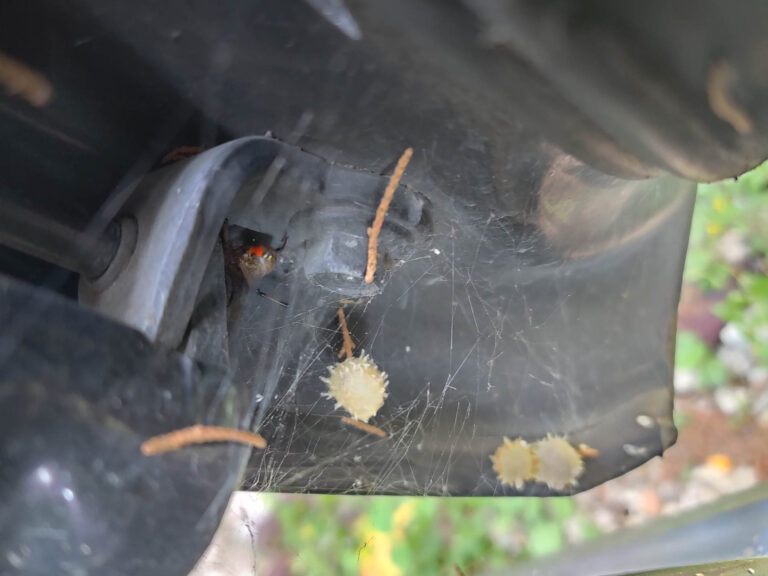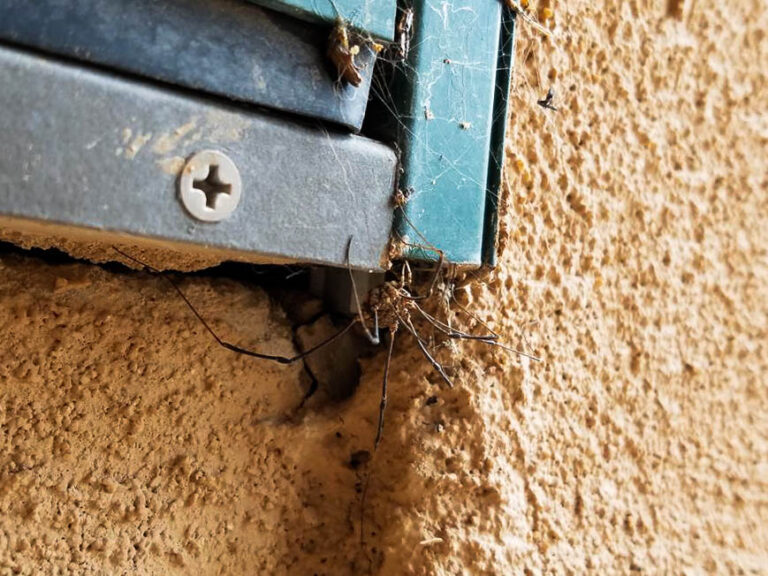How to identify spider bites
How to identify spider bites
The mere thought of getting bit by a spider scares the living daylights out of most normal folks. The reality, however, is that despite our morbid fears, spiders rarely bite humans. For starters, most spiders’ fangs are too weak to puncture the skins of humans and animals. What’s more, even if the spiders manage to bite you, their venom is too mild to cause any serious harm to us. The pain from spider bites often disappears in minutes, but it leaves a red rash that heals in a couple of days.
Catch the Spider
According to medical experts, if a spider bites you, try and chase it down, but remain careful to avoid a second bite. The captured spider will help the experts administer the right medical interventions for your bite in accordance with the species that bit you. Read on to learn how to identify spider bites from venomous and non-venomous species, identify the most notorious spiders, and the preferred treatments for these spider bites.
What does a spider bite look like?
Spider bites, from the thousands of different spider species, share several common characteristics.
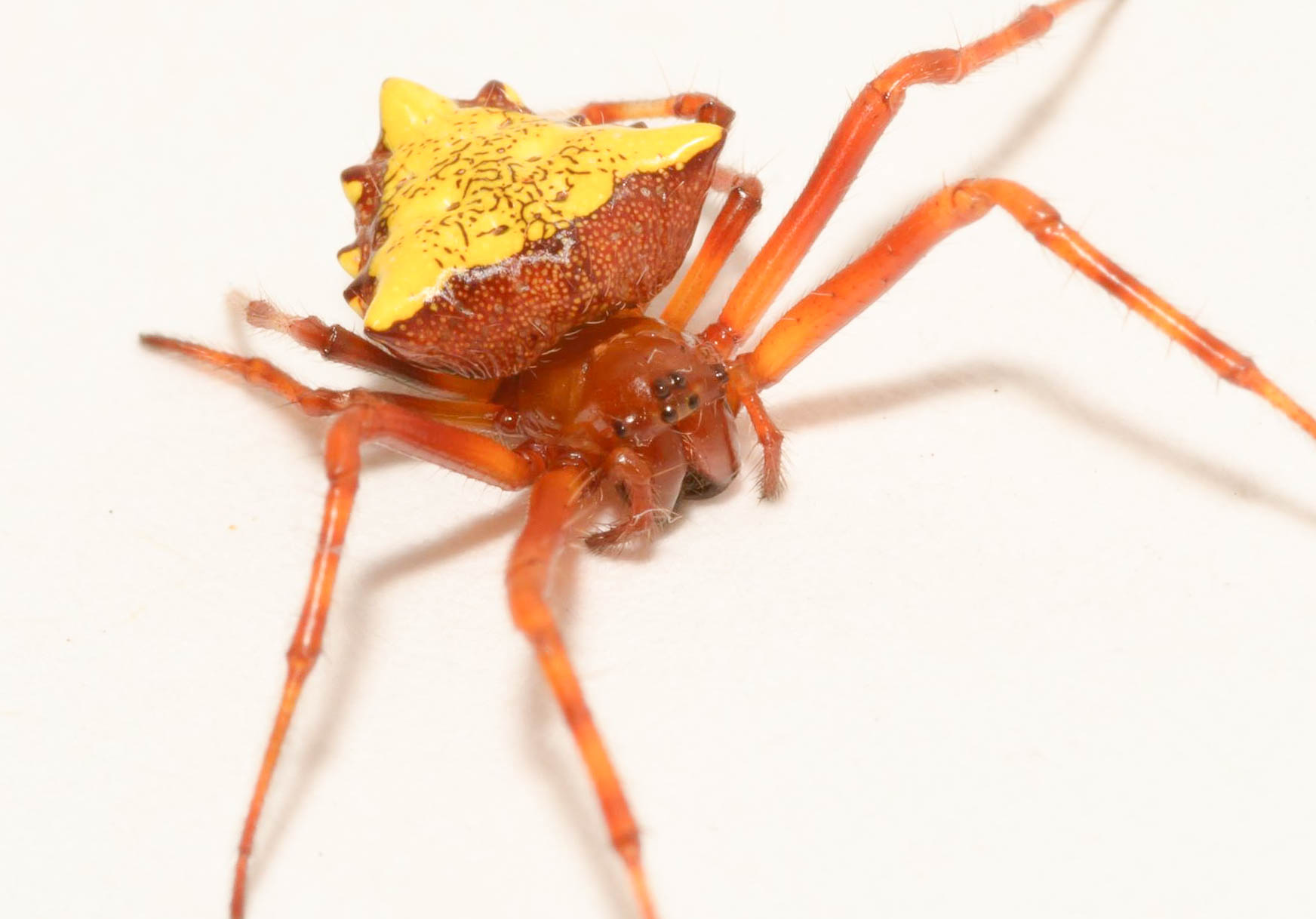
For most victims, the bites appear as small, red bumps on the skin. At times, these bumps become itchy and painful.
However, the victims experience difficulty breathing, intense itching, and swelling on their faces in persons allergic to spider bites. The two most dangerous spider species in North America are the brown recluse and black widow, and their bites cause severe effects such as muscle cramps and necrosis.
Other possible side effects of spider bites include:
- Headache
- Fever
- Chills
- Rashes
- Anxiety
- Nausea and vomiting
- Swollen lymph glands
- High blood pressure
Treating Non-Venomous Bites
Most of the reported spider bites get inflicted by non-venomous spiders. These bites are usually mild, and, as such, you can administer treatment at home. Symptoms will often begin anywhere from 30 mins to three hours. If you get bitten, you should clean the bite area with soapy water before applying antibiotic ointments. To promote the healing process, you’re advised to take plenty of rest, apply ice packs over the bite area, and to keep the affected body part, be it the legs or the arms, elevated at all times. You can also use over the counter painkillers for the pain and antihistamines to help deal with the itchiness and swelling.
Treating Venomous Bites
If you get bitten by a venomous spider, for instance, the brown recluse or black widow, it’s highly recommended you seek medical attention. These experts will give you the right prescription medication to alleviate the pain and any other adverse symptoms. Their anti-venoms are rarely administered, save for instances when the spiders bite susceptible groups like young children, people with underlying health issues, and very old people. You must take proper care of the bite wound by cleaning it with soap and water and applying antibiotic ointments. Additionally, you can use antihistamines.
Black Widows
The black widow bears a distinctive red hourglass shape and a big, rounded abdomen. These spiders have a shiny appearance, and they’re often half an inch long. Black widows prefer solitary lives, and you’ll find them hiding in sheds, woodpiles, closets, and garages.
The black widow’s bite feels like a bee sting, and it’s accompanied by symptoms like red markings and localized swelling.
In the first hour, most victims experience other symptoms like chest pains, stomach cramps, and backaches.
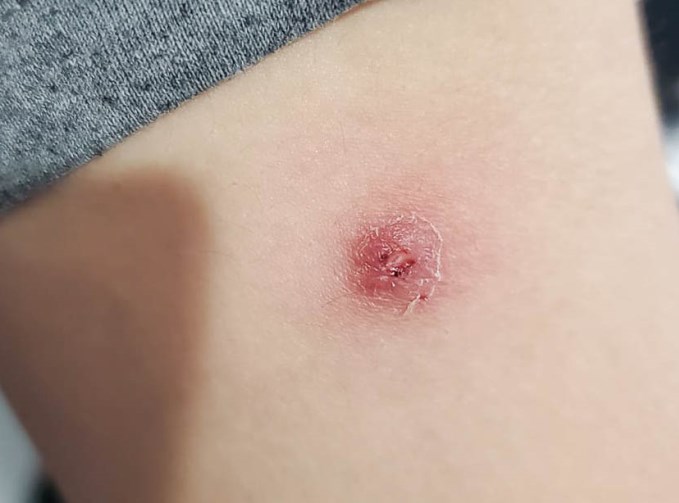
Brown Recluse
This species is easily identified by its unique violin-shaped joints where the legs meet the body. The brown recluse has six eyes arranged in pairs on its front and lateral parts. That’s as opposed to most spider species, which have eight eyes. You’ll mostly encounter these spiders in your attics and basements.
At first, the bite from a brown recluse feels like an insect sting but the pain increases after a few hours. Your skin might turn purple or blue. The bite brings about symptoms like chills, rashes, fever, and upset stomach.
Tarantulas
Tarantula spiders are big hairy creatures. These spiders are among the most dreaded species in the world. Their bites are often painful, and the symptoms can persist for up to a week. The punctured skin becomes red and warm. Some people experience irritation, swelling, and itching upon getting bit by a tarantula.
Hobo Spiders
In the past, hobo spiders were considered to be dangerous to humans and animals. Today, however, research has proven that the hobos are mostly harmless. Their bites lead to minor effects such as redness, a bit of swelling, and some mild pain. These spiders are identified by the light stripe that runs down their middle bodies.
Preventing Spider Bites
Always ensure you have the right gear when scouring through sheds, attics, woodpiles, and other habitats popular with spiders. Put on long-sleeved garments, hats, and tuck in your pants to your boots or socks to avoid picking up spiders. Also, get rid of any firewood, lumber, or rocks lying around your property. You can also use insecticides—powder to sprinkle in any suspected entrances.

